This post gives an Overview of an Awesome Permaculture Design Course Videos and Pictures from the PDC I took this past summer. The course was given by Charm City Farms of Baltimore, MD. The course was great and had a lot of hands on activities.
The Class
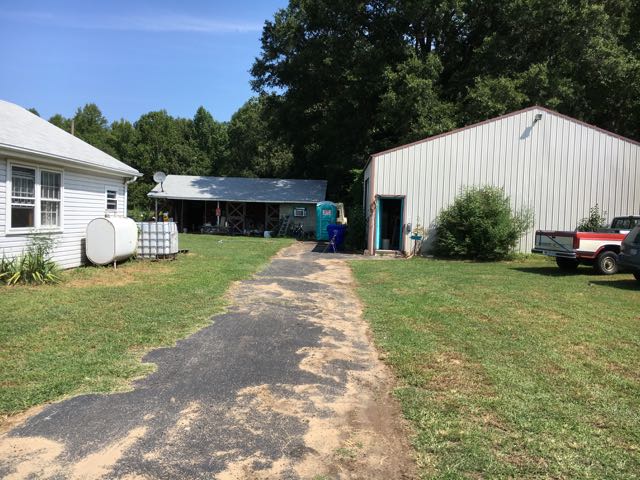
Overview of an Awesome Permaculture Design Course
The class was held in Bryans Road, Maryland. It ran for three 3-day weekends. It was the first full weekend in August, September, and October. During the August class the temperature was pushing upper 90s and in the October class we only hit 60 degrees one day. Quite the contrast.

Overview of an Awesome Permaculture Design Course – Part of the Class
Busy Days
Our days were quite busy. We actually started our days with a little downtime and went to sitting spots where we just observed what was around us. This was done to get us to sit and observe without taking immediate action. It falls back to a permaculture principle of observe and interact. But that was it for the down time. The rest of our days were busy. We did a good bit of lecture, but also did a huge amount of hands on activities.
Mushrooms
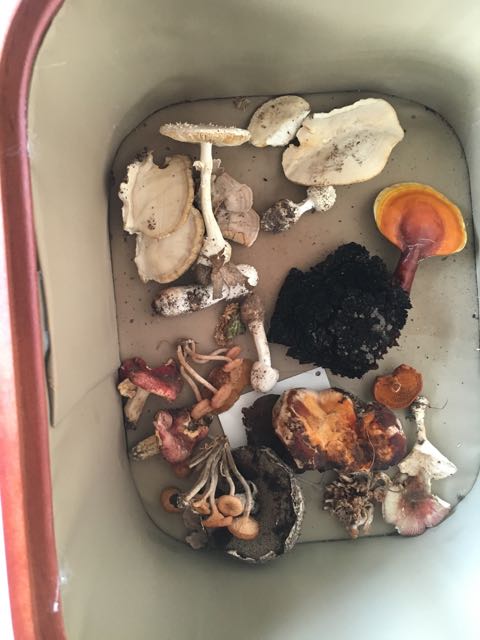
Overview of an Awesome Permaculture Design Course – Mushrooms
We learned about mushrooms in the class room, then we went out to some mushroom logs that were previously planted. We harvested some shitake mushrooms and cooked them up. This is the first time in my life I’ve had a mushroom that I liked.
The next day we went to a local park to look for wild mushrooms. We came back with a couple of dozen different types. Some were poisonous and some may have been edible, but we didn’t eat any of the wild ones. Better safe than sorry.
We also made some mushroom logs ourselves by drilling holes in logs and putting spore soaked plugs in the logs.

Overview of an Awesome Permaculture Design Course – Mushroom Logs
Designs
We interviewed the property owner where the class was held to figure out what she wanted done with the property. Based on that interview we did a permaculture design on her property. We come up with about ten different projects that could be done.
From those ten projects, we chose three projects that we were actually going to implement. These we needed to come up with a detailed design for. The three project that we were going to implement were; compost toilet, perennial garden, and cheap mobile green house. One of the other groups also did some research on cover crops and presented that to the customer on the last day. Cover crops were needed, but the timing wasn’t right.
Compost Toilet
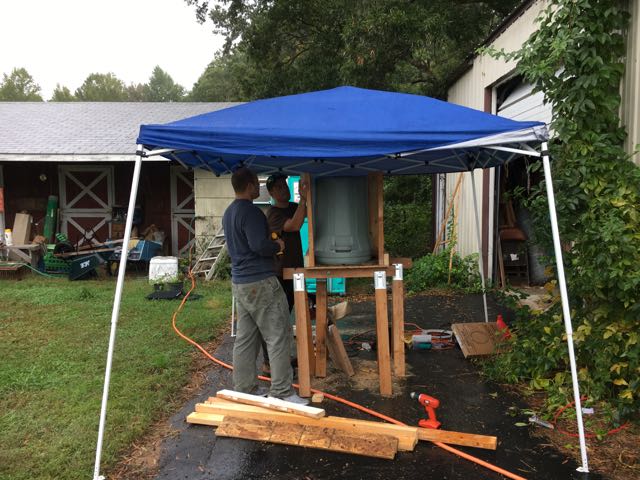
Overview of an Awesome Permaculture Design Course – Compost Toilet
The compost toilets were for human waste. Solids go in one and are mixed with sawdust to keep the odor down. The compost will be “baked” in a year or so. There was a separate toilet for the liquid so that you don’t get too much ammonia in the solid compost bin.
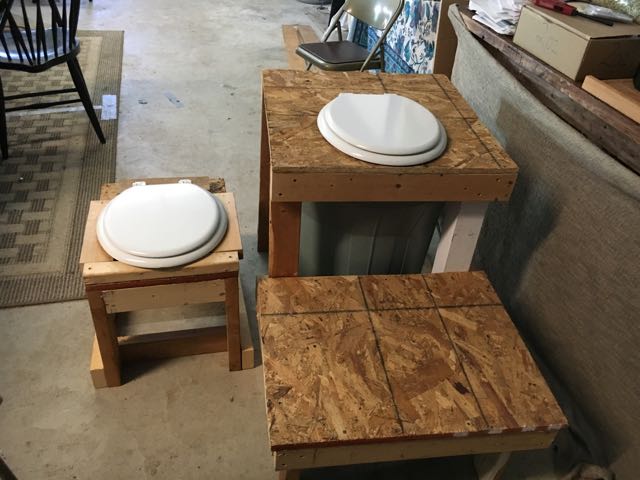
Compost Toilet
Perennial Plantings
The original plan was to put in a key-hole design and do some other perennial plantings. There was not enough time and materials to complete this project so the key-hole project was dropped. There were several brambles that were planted in a new perennial bed.
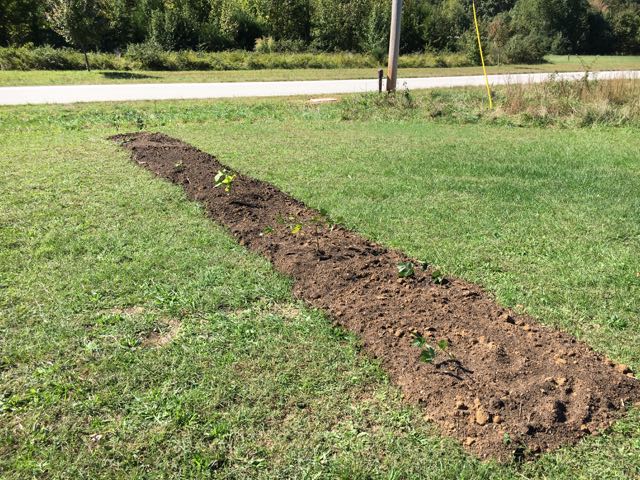
Perennial Bramble Bed
Green House
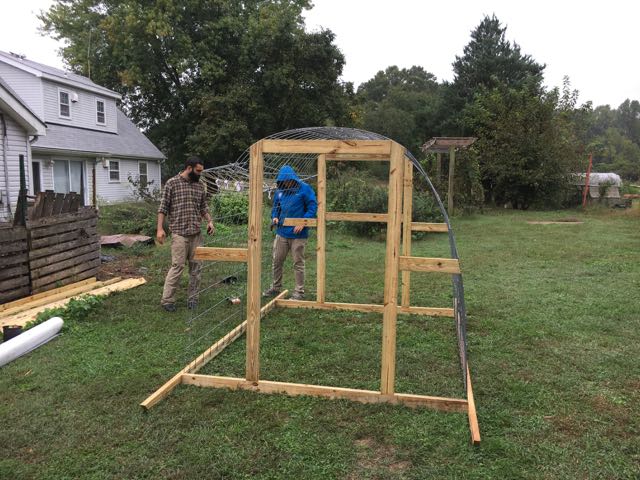
Greenhouse
A portable cheap greenhouse was built from lumber, cattle panel and greenhouse film. The total cost of the project came in just under $200.
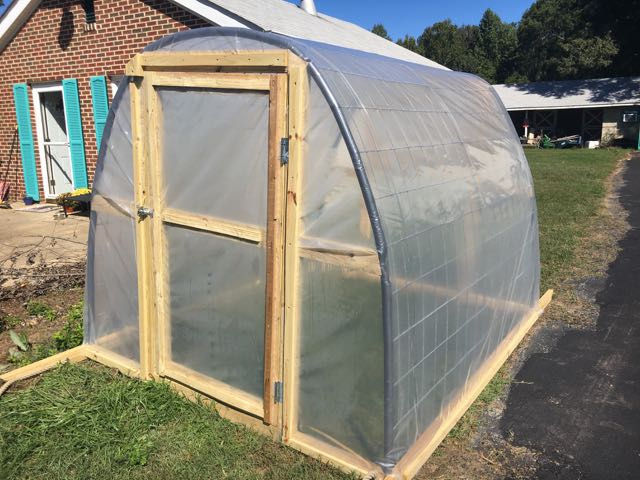
Permaculture Design Course Videos and Pictures
Miscellaneous
Some of the miscellaneous items that we worked on include making bio-char, soil cubes, compost tea, and grafting. We also used a couple different types of levels to mark contour.
Bio-char is wood that is heated up and burned in a low oxygen environment. This is done so it stays as charcoal and doesn’t do a complete burn and turn to ash. The bio-char provides a lot of living space for soil microbes.
Soil cubes is soil that is pressed into cubes when it is moist so it stays together. Then when the plants grow, they will air-prune their roots. This is more environmentally friendly then plastic trays.
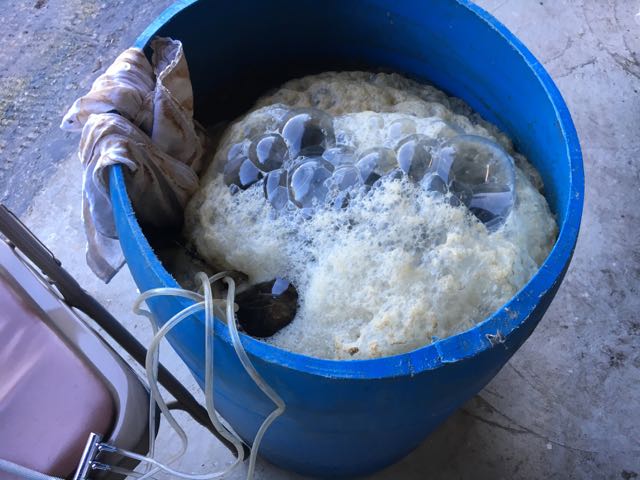
Permaculture Design Course Videos and Pictures – Compost Tea
We made compost tea, which involves putting compost in a bucket of water along with other nutrients. The brew was aerated with a bubbler system for a day or so and then it was ready to use.
The grafting and pruning sessions were cool. We learned how to prune fruit trees and took our trimmings back and learned how to do some grafting. We did a cleft graft, tongue and groove graft, bark graft and a bud graft.
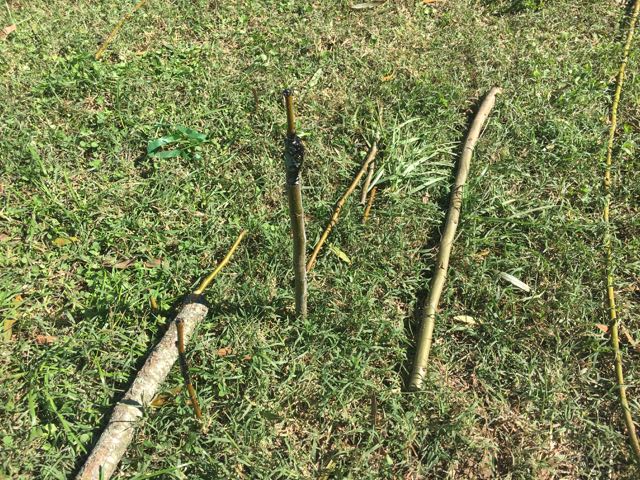
Our Designs
In order to complete the course, we had to do our PDC projects which was a complete PDC design of our place. We presented these to the class to get feedback. We had to include a section on our perfect kitchen. I think this was done to get us out of our comfort zone and to show that permaculture as a design science can be used for other things besides agriculture.
There was also a talent show that we had to do on the last weekend. We had people pair up and make a band, people show some of their previous designs, show crafts and music that they do. It was rather interesting.
My Thoughts
This was an awesome class because of all of the hands on. This is the third PDC that I have taken and they have all been quite different from one another. I’m happy that I have taken all of them and have learned a lot from each.
?Want to Help our Small Business Out?
If you are local you can support our small business by buying plants at Great Escape Nursery . You can also help us by shopping on Amazon just by going through our storefront! As an Amazon Associate, I earn commission from qualifying purchases. There is no additional cost to you! Our storefront at Amazon is located at this link: https://www.amazon.com/shop/greatescapefarms. Buying from either location helps our business produce more content for you.
If you like this blog post and want to find out more about Great Escape Farms check out our Great Escape Farms Overview. Here you get an overview of all the wonderful stuff we are involved in. Also, sign up for our email list at the bottom of the linked page.
Great Escape Farms is now on Patreon! You can support us for as little as $1. If you enjoy our work and want to help support us, please check out our Patreon page at: https://www.patreon.com/gef.
The Video
Check out the video below titled Permaculture Design Course Videos and Pictures
Thanks for visiting the Overview of an Awesome Permaculture Design Course post.
Check out some of the plants used in Permaculture at Great Escape Nursery

Leave a Comment